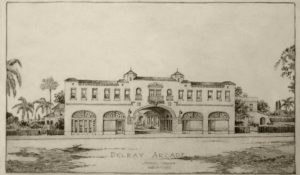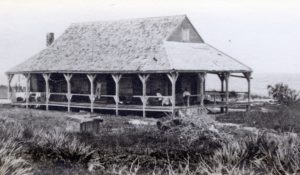By Kayleigh Howald
The Delray Beach Historical Society was founded amid a time of political and social change, substantial population growth, and urban sprawl. The development of new infrastructure, like roads and highways, as well as retail stores, shopping plazas, and recreational facilities, made Delray’s longtime residents take pause. Like many cities and towns around the country, Delray’s citizens recognized the importance of collecting and preserving local history for future generations.
So, on July 30, 1964, a small group, led by pioneer Ethel Sterling Williams, held a meeting in local bank downtown to devise a plan to generate interest in a historical society. The Delray Beach Historical Society became an organization to serve the community by the important work of acquiring, preserving and sharing the City’s archive materials, preserving historic structures, and ultimately serving as a guardian of our city’s heritage and culture though its exhibits and programs.
Join us in celebrating 60 years of the Historical Society as we look towards our next 60 years!
To learn more about our illustrious founder and her family, see our blog by former DBHS President Robert Ganger.
The 1960s
In August 1964, Ethel Sterling Williams and sixteen other caring residents founded the Delray Beach Historical Society, including Ken Ellingsworth, Roy Diggans, William Gwynn, Roy Simon, Annie Hofman, Addie Sundy, Thomas Woolbright, Polly Sundy, Lucy Sandidge, Caroline Smith, Robert Worthing, J. LeRoy Croft, Lonnie Cook, Roy and Doris Brady, John Ross Adams, H. Haild Zeder, and Gary Gooder. The first meeting was held in the Chamber of Commerce building.

The Society immediately began collecting records of Delray Beach history, such as photographs, letters, diaries, scrapbooks, and more. The first Archives was in the public library and the first exhibit – a window display – was on view at the First National Bank.

1970s
The Society grew in both size and scope during the 1970s. In addition to early discussions about restoring the Florida East Coast Railway train depot as a museum, members formulated plans for collections, a permanent location for the Archives, and a book about Delray Beach’s history. In 1972, the Society recommended the City change the name of South 12th Street to Linton Boulevard.
The Society started keeping records of new donations to the Archives and created a card catalog system for books, photograph negatives, maps, biographies, and audiovisual tapes. Although much of that early catalog has been converted to a more searchable format, the early cataloging system is still stored in the card catalog drawers in the archivist office.

1980s
In the 1980s, Delray Beach was on the verge of a renaissance, thanks largely to the preservation community. In 1985, the Society relocated to its new headquarters: upstairs at the Arcade Tap Room. From the Sam Ogren-designed building, the Society launched a newsletter, “The Orange Grove Observer,” completed oral histories, and worked toward purchasing their own property for their offices and archival collections.

In this decade, DBHS leadership and membership made great strides in preservation. In 1986, they worked with the Old School Square Foundation, led by DBHS member Frances Bourque to plan the restoration of Old School Square.

The community rallied around the project, according to Bourque in a 2004 oral history interview: “This community took it and ran with it… When people said there was no money, no one would come, when it would cost too much money, when there were other things to be done, and what it did was, it revived the entire community… There is nothing more important than liking to your past, seeing where you are now to build your future.” Through the work of both organizations, the site was officially listed on the National Register of Historic Places in March 1988.


In 1987, the Society assisted the City in creating a historic preservation ordinance that provided for a seven-member Preservation Board to designate and preserve historic buildings in Delray Beach. In 1988, DBHS facilitated the designation of four city historic districts in Delray Beach: Nassau Park, the Old School Square District, Del-Ida Park, and the Marina Historic District.


Finally, in 1989, the Cason Cottage Museum opened to the public. In addition to being a historic house museum, the cottage hosted the Society administrative offices and exhibits, such as Legends, the Art of Architecture, the Cartoonists, and a Victorian Christmas House.

The 1990s
The Society flourished during Delray’s rapid growth and renaissance of the 1990s. There was an immediate need to expand funding, programming, and the Archives to meet the increased demand from residents and tourists alike. The Society hosted new fundraising events, like golf and tennis tournaments, and created a gift shop. In 1994, they held the inaugural Antiques Show & Sale fundraiser, a premier fundraising event for over ten years. The DBHS also sponsored lectures by nationally known antiques experts and published the Antique Show & Sale Magazine that included articles about Delray Beach history. Archivist Dorothy “Dottie” Patterson and the DBHS also worked closely with Expanding & Preserving Our Cultural Heritage Inc. (EPOCH) to establish the S.D. Spady Cultural Heritage Museum.


In 1993, after outgrowing the Arcade Building, the Society opened the Cornell Archives Room at Old School Square, located on the second floor of the Cornell Museum. There, Patterson arranged the collections and curated a wide array of exhibits. The 1999 exhibition, Exploring the Civil War in Florida, drew over 2,000 visitors.

In November 1995, the DBHS relocated the remaining section of the Florida East Coast Railway train depot from a nursery in western Palm Beach County to the Ocean City Lumber property, very near its original location on Atlantic Avenue and SE First Street. The Society worked to restore the structure to its original specifications, including painting it infamous “Flagler Yellow.” It is the only remaining wooden station in South Florida after Hurricane Andrew destroyed the Princeton and Homestead stations in 1992. The station is likely the oldest remaining FEC station in the state, and the oldest building in Delray Beach.




In 1998, the DBHS received the Florida Trust for Historic Preservation Award and it became an important symbol of the community once again. According to the designation report for the station, one day a “woman in her 90s visited the station… she said, ‘My husband recently died. He proposed to me in the station. I would like to just sit here for a while.’” The DBHS used the station as their offices from 1996 to May 2003.
2000s
The new millennium ushered in a new era for the Society. Under the leadership of Robert Ganger, the DBHS saved two historic structures from demolition: the Bungalow and the Hunt House. The structures not only offered an opportunity to preserve two of Delray Beach’s buildings from destruction, but also allowed the Historical Society to expand their mission. Ganger’s vision of what the one-acre campus could be — a unique space for exhibitions and a gathering place for the community — became a guiding force for the Historical Society (and continues today).
In 2001, Lavender Shutters Antiques storeowners Babs Pickering and Allen Brown donated the 1926 bungalow style cottage to the Society. The historic bungalow, previously owned by the Pittman family, was moved from its 122 S.E. Sixth Ave. location to the Society grounds, where it served as additional space for exhibits, offices, gift shop, and as a visitor center for the museum. The full restoration was completed in 2004. In 2023, the bungalow received brand new oak floors and a renovated kitchen.

The Society required the Hunt House in 2007. Built in 1908, the Hunt House was once a farmhouse owned by fishing entrepreneur Horace Hunt and later became the office for local architect Digby Bridges. By 2007, the home at 124 NE 5th Avenue was vacant and scheduled for demolition. Ganger raised money through grants and fundraising to save the home and have it relocated to the Society’s campus.

During renovation, the Society also built a concrete, climate-controlled bunker attached to the home, which became the new location for the archival collections. The bunker, which can withstand over 150 mph winds, cost $500,000 and was funded through a facade easement grant obtained through the Delray Beach Community Redevelopment Association (CRA) and private donations. In 2008, the Archives officially moved from the Cornell to its permanent location on the DBHS campus.

On May 20, 2009, the DBHS dedicated the Hunt House as the Ethel Sterling Williams Learning Center and Archive. It currently holds the Society’s two permanent exhibits, archival offices, research library, and archives. In July 2009, the City of Delray Beach Preservation Board awarded the DBHS the Pat Cayce Award for Excellence in Historic Preservation.

2010s
The Society grew exponentially over the past two decades in membership, fundraising, and educational programming. In 2014, the Society welcomed Winnie Diggans Edwards as Executive Director. Under her leadership, the Society saw a rebirth or Renaissance. As historical societies across the country faced challenges in appealing to younger people and families, the Society recognized the need to adapt to the rapidly changing digital world and the various ways people learn.
While the Historical Society’s mission remained the same — to preserve and share Delray Beach’s history — leadership adopted creative, inclusive, and community-driven approaches to how we share that history.

The Society established many of its most beloved events, including Fall Fest, Art in the Garden, seasonal Harvest Dinners, Twilight in the Garden, and Christmas at Cason Cottage. The Society curated several ambitious exhibits, spanning the campus’s three cottage: Nostalgic Delray, Fish Tales, La Florida, and the Last Frontier.


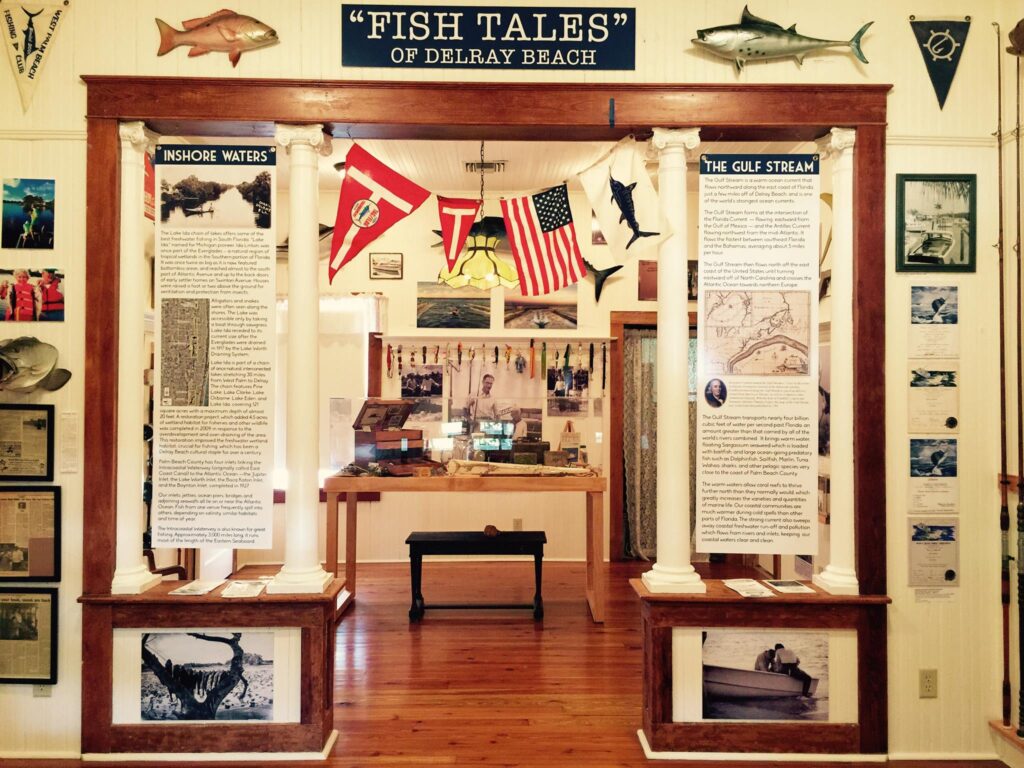

The DBHS also participated in building community. Through new partnerships with the Sandoway Discovery Center, the Spady Cultural Heritage Museum, the Coastal Conservation Association (CCA), the Institute for Regional Conservation, and others, the Society expanded to new audiences. The Society also launched two new programs: the Wise Elder Circle and the Oral and Video History program.
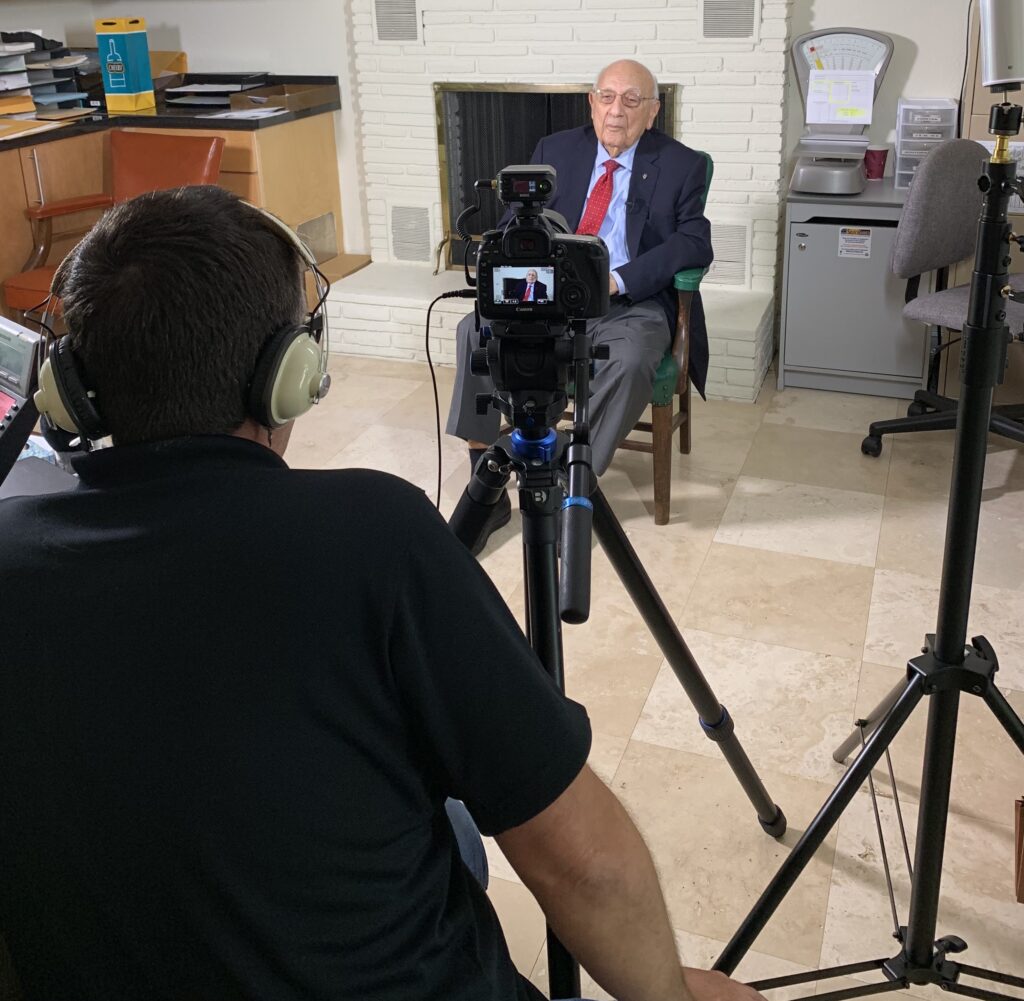




To encourage an early love of history, the Society introduced the Art and History of Letter Writing, a week-long summer camp for children to learn about the (nearly) lost art of writing and sending letters, the importance of the postal service, and the history of communication. The summer camp later evolved into our annual Nature and History summer camp, combining


In 2017, the Society began planning the Heritage Garden, an educational garden with distinct, Florida-native habitats. Born out of concern for dwindling green space in Delray Beach, the garden offered the community a place to experience peace, tranquility, and an opportunity to learn more about local history through nature.


The garden, enhanced by grant funding from the Grass River Garden Club, quickly became both an outdoor exhibit and outdoor classroom, enhancing visitors’ and students’ understanding of how indigenous communities and settlers interacted with Delray Beach’s environment.
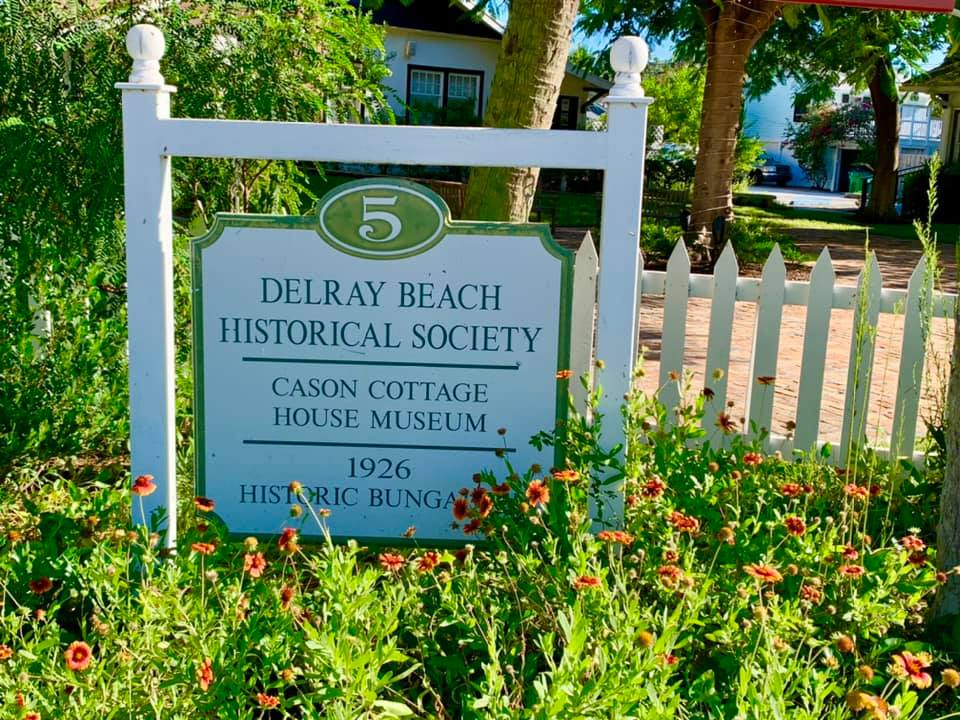
Cason Cottage was officially converted from a historic house museum to a meeting, lecture, workshop, exhibit, and event space. This increased efficiency and attracted more visitors to the historic cottage.
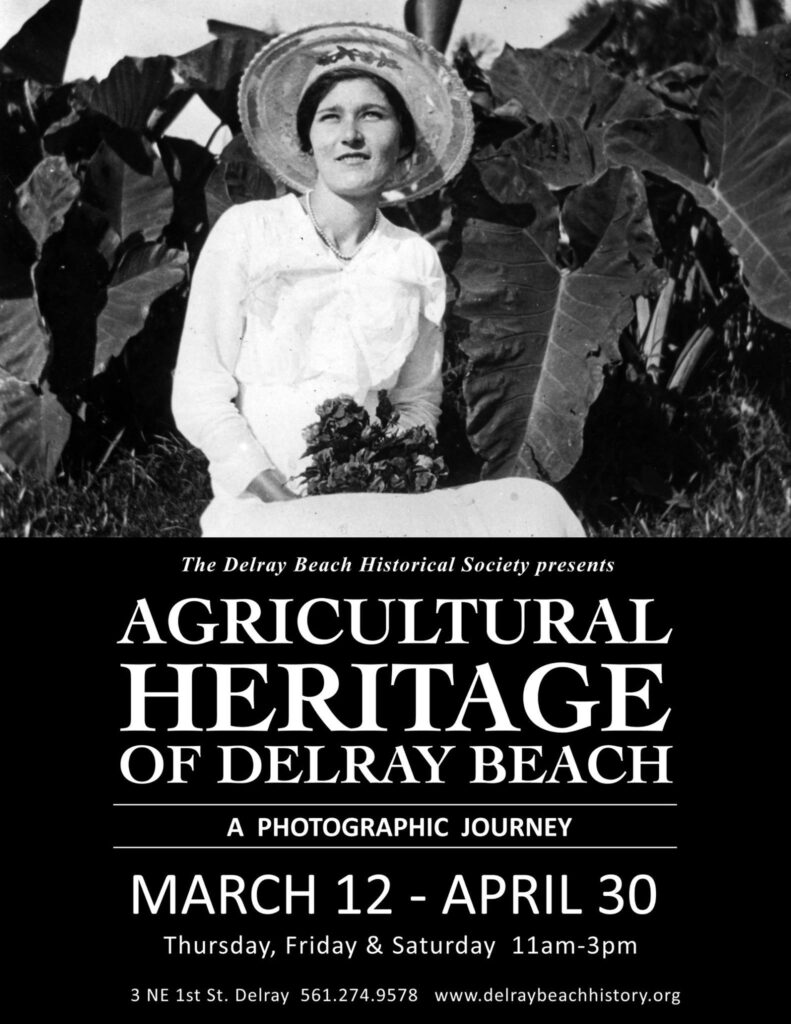

2020s
During the COVID-19 pandemic, the Society continued to fulfill its mission of collecting, preserving, and sharing Delray’s past. The Society’s staff, board members, and dedicated team of volunteers built a record-breaking outdoor history exhibition with over 1,000 images. While many images came directly from the Archives, others were donated or loaned by local families and showcased Delray’s unique and diverse history.


Additionally, the DBHS created take-home history and nature kits for kids. They developed a restaurant give-back program to thank local restaurant partners who were so severely challenged during this time. Staff and volunteers worked outside to build the one-acre Educational Heritage Garden and raised money to install an ADA-compliant brick pathway around the garden habitats.


The Archives welcomed the Edna St. Vincent Millay Collection, a significant acquisition of the poet’s works, including first editions, unedited editions, operas, and more. Vassar College was also considered for the Collection, but through a series of interviews and site visits, our Archives were considered the more appropriate repository.

In 2022, the Society launched the Delray Beach Historical Backroads series, an extension of the Society’s oral history program. These short, documentary films developed in response to evolutions in media consumption and a shift in how cultural heritage organizations document stories. Though oral histories continue to be a key part of recording history and storytelling, the Historical Backroads series provide a new way to connect and learn about Delray Beach landmarks and historic structures.
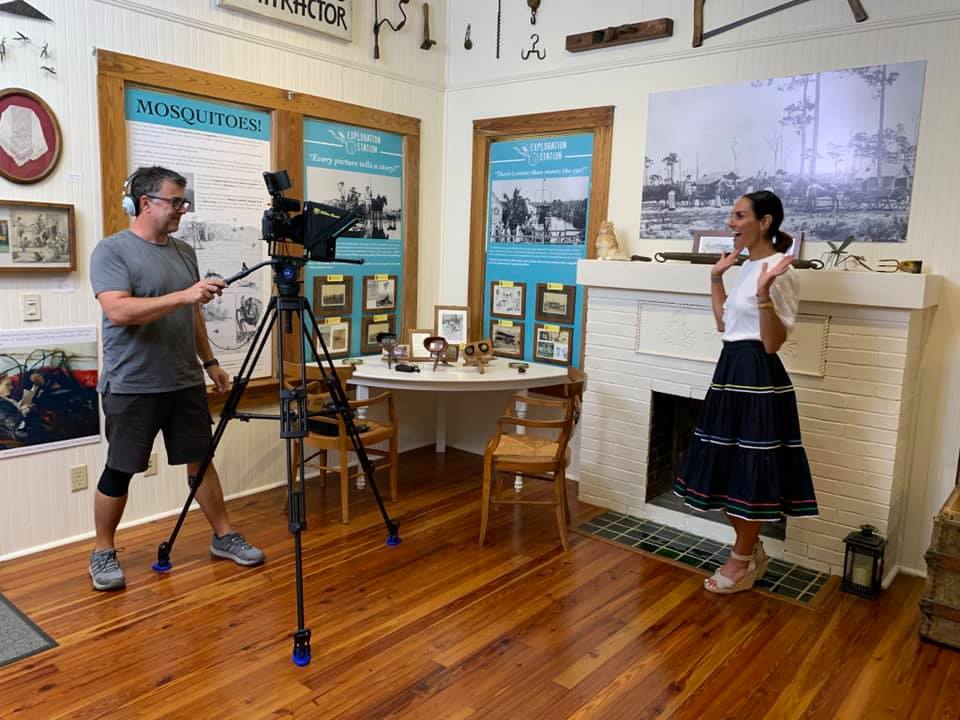

In the past few years, the Society has developed a robust, well-attended Heritage Lecture Series as well as a Garden Lecture Series. We integrated outdoor seasonal movies and art classes to our garden, expanded our gift shop. We built and launched new history exhibits, both on-site and as pop-ups throughout Delray Beach (such as the Cornell Art Museum and Azure Development offices). The Society continues its community outreach, driven by inclusion, diversity, equity, and belonging.



And we continue to grow each year! Within the last two years, our membership grew by 30% and on-site visits expanded by 20%. Our Archive has grown to over 100,000 items and our online presence has grown as well.
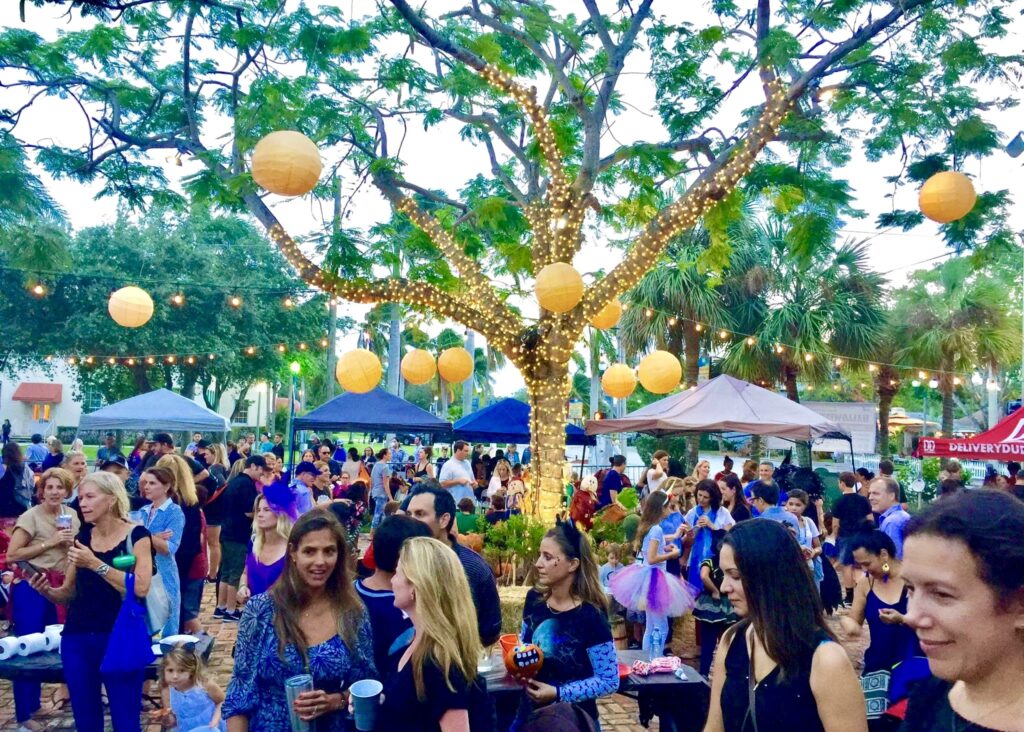
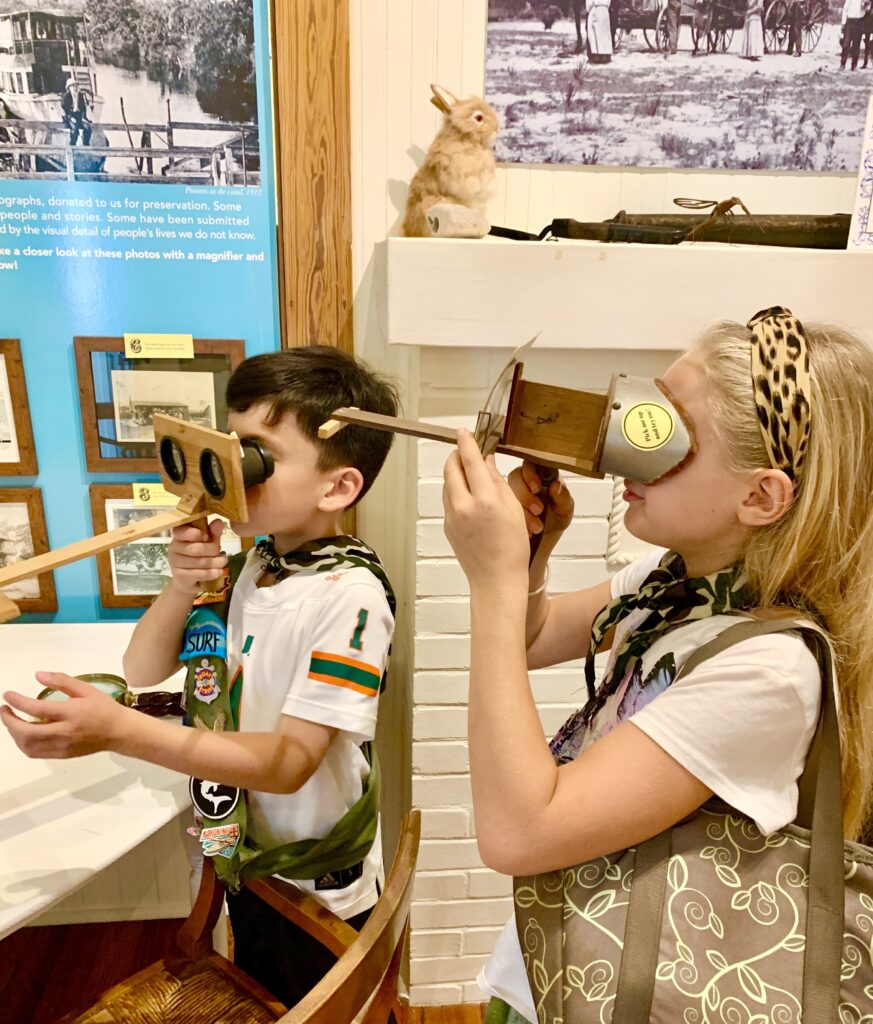

2024 and Beyond
As we look toward the future, we are reminded that our founding occurred during a time of uncertainty, change, and persistent development. The call to action then, just as it is now, was to use our resources to educate, connect, and inspire. We strive each day to build historical empathy, foster civic responsibility, and generate an awareness and respect for our shared humanity.


May the next 60 years be as wonderful as the first!


